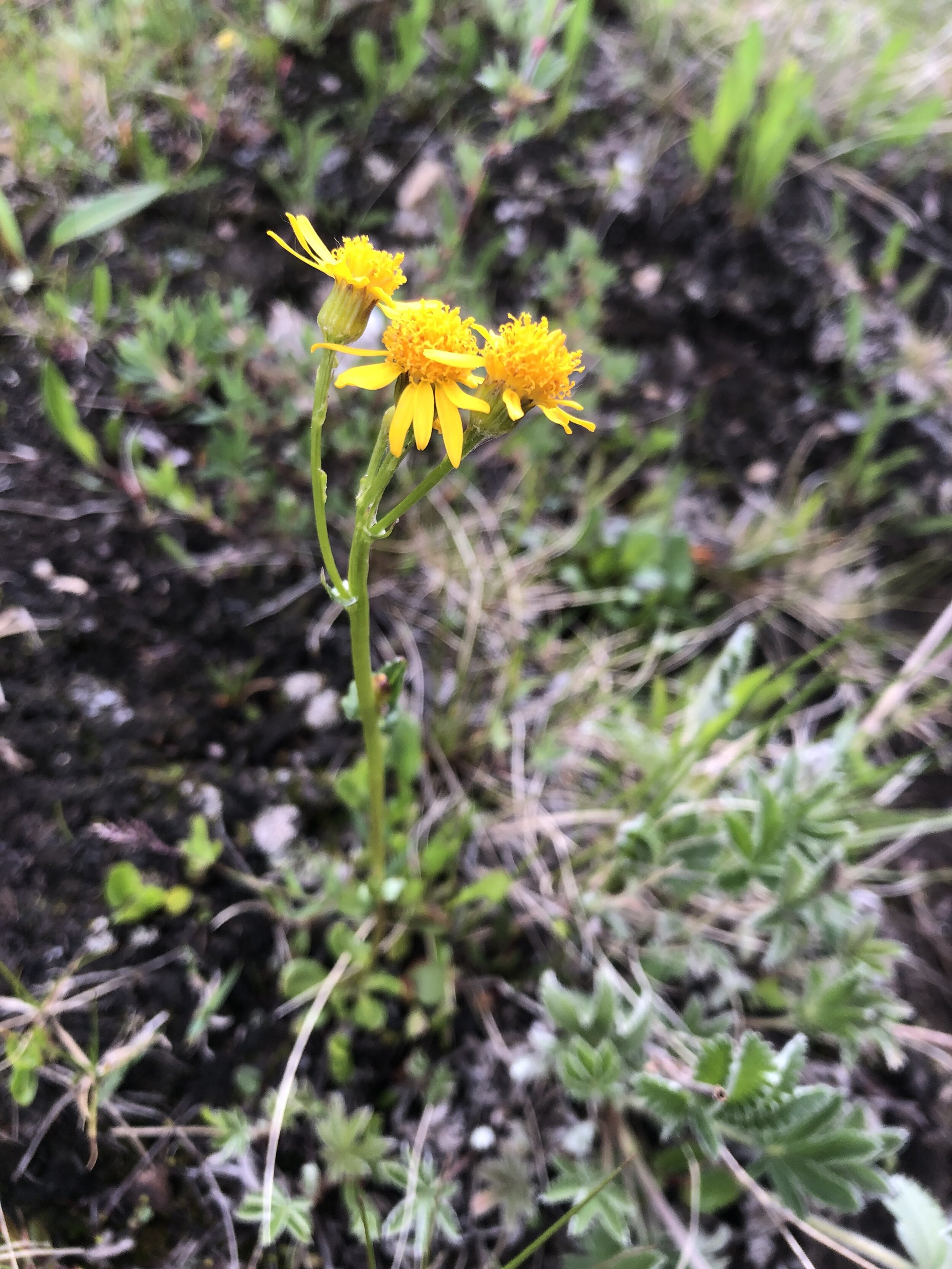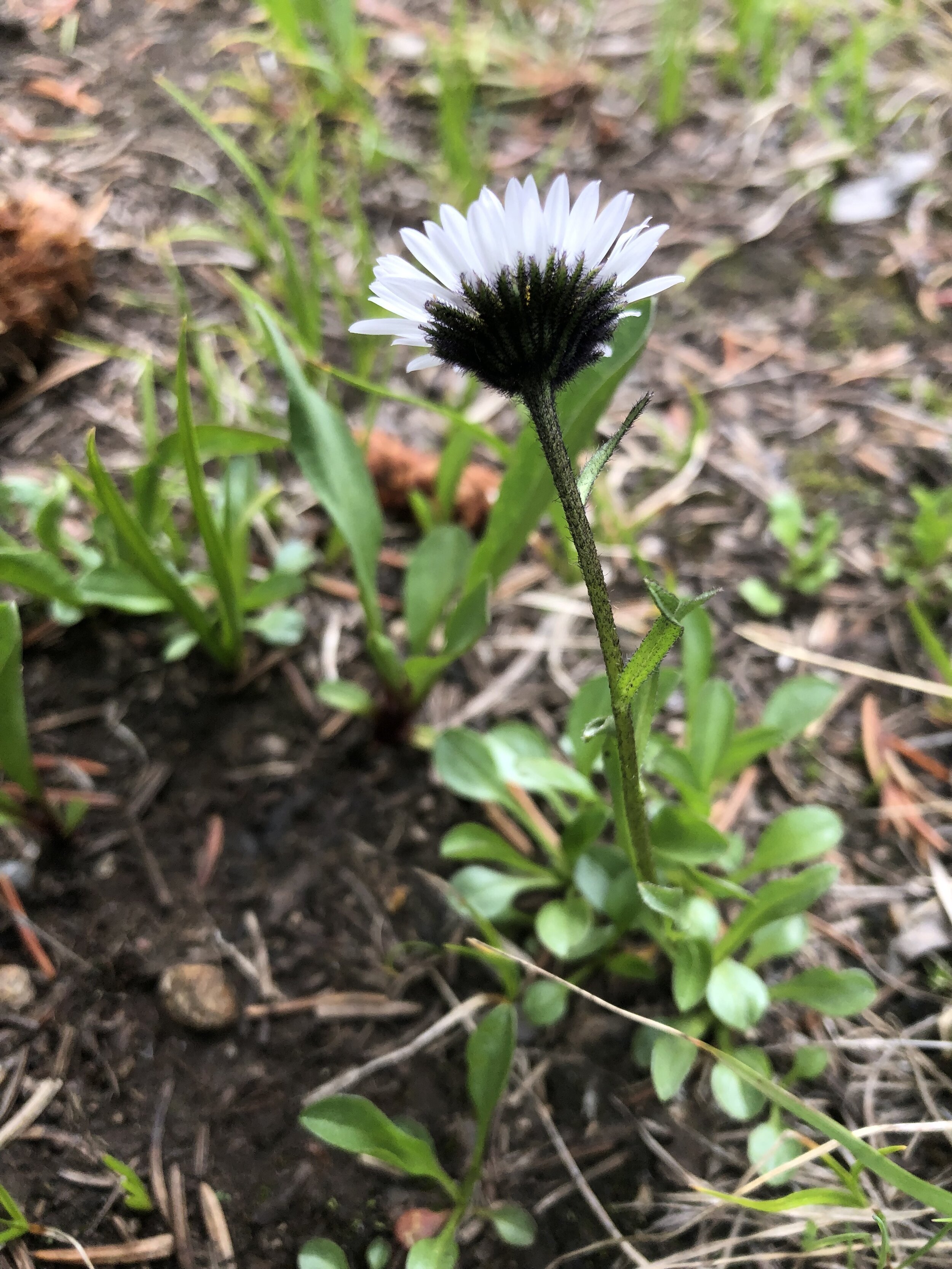Helianthella quinquenervis, July 2, 2021
H. quinquenervis, Grizzly Lake Trail, 11,000’, July 22, 2021
Common & scientific name
Five-nerved sunflower, Helianthella quinquenervis
Family
Aster, Asteraceae
Location
South Fork Lake Creek, 10,400’
Fun, weird, helpful, or little known fact
.If you’ve hiked to Crested Butte over West Maroon Pass before, you know this flower. Standing up to four feet tall with five (usually) prominent veins on the leaves, this is an unmistakeable sunflower that is seen in only a few places, here and there, on the Pass.
H. quinquenervis, phyllaries, July 22, 2021














